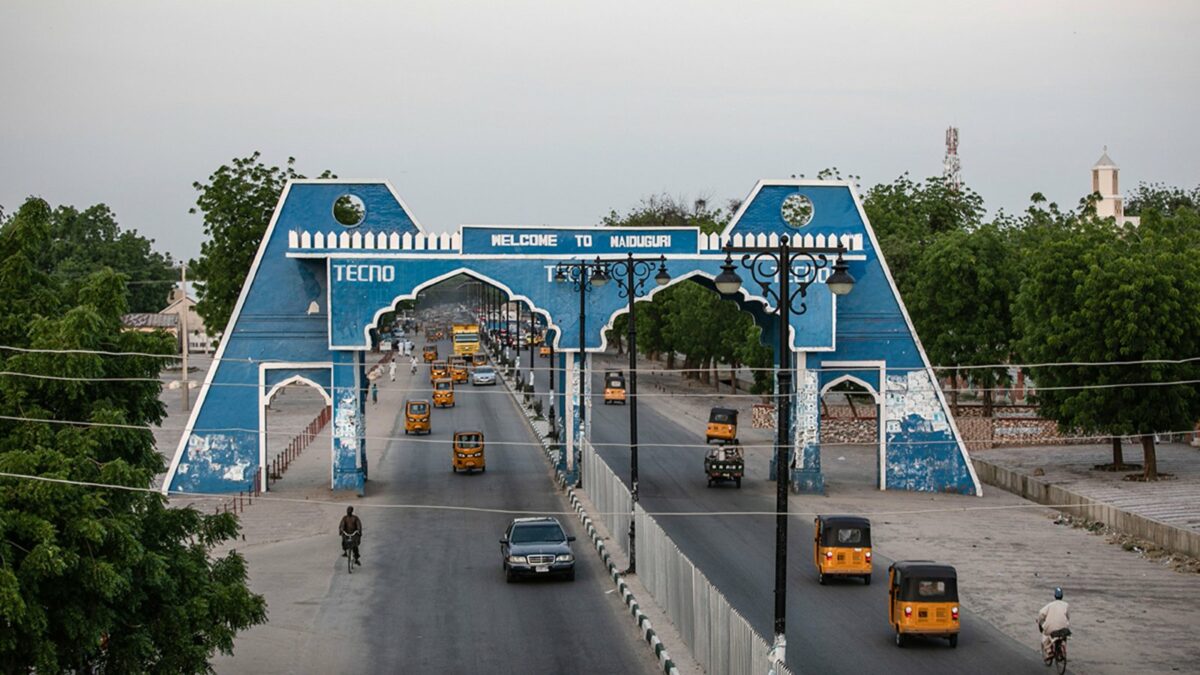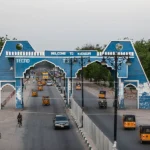I still have sharp recollections of Maiduguri of 1960, the year Nigeria attained independence status. In that watershed of a year, I had just reached school age and was enrolled in class one in Hausari Primary School – one of the few primary schools in the town lying directly opposite our family home in Fezzan ward. As school kids, we did not make out much of the hullabaloo surrounding the Independence celebrations but the bigger ones among us were on independence day made to join the exciting marches and parades. Nevertheless, every school kid was a proud recipient of the celebratory cups and small flags that were embossed with the new national flag.
But what about Maiduguri in that era? Those who are acquainted with Maiduguri today can be excused if they express surprise when I tell them that in 1960 Maiduguri was a compact town, small and tidy. Actually, the town was only settled into in 1907 when the Shehu of Borno, HRH Abubakar Garbai (the grandfather of the Shehu on the throne now) was persuaded by the colonial government to move his palace from remote Kukawa to the more central area of Maiduguri. Compared to old cities like Benin, Kano and Lagos that had hundreds of years behind them, Maiduguri would be a toddler of sorts. But there were advantages. You didn’t need to be a professional planner to see that the Maiduguri outlay was well-thought-out. Built around the banks of a seasonal river, the streets were wide and straight with angular corners. It was hot, sometimes excruciatingly so, typical of its Sahel location, but Maiduguri was well serviced by a hundred of thousands of neem trees adorning all the streets and making a dense wall around the town.
It was a small town and as kids, we could walk from one end to the other without tiring. There were no tarred roads or drainages and even heavy rains that arrived intermittently never caused a flood. Even when development crept on the town in 1962, when drainages and tarred roads came to be built, we never really adjusted. There were only a few vehicles to ply the newly tarred roads and for some time the macadamised roads became playing sites for children. I recall many happy hours having rollicking fun with other children on those roads, which we saw as a new phenomenon, and some kids actually fell asleep for the night there. There were no taxis, no buses, only hundreds of bicycles and donkeys. There were plenty of horses too, particularly in the Shehuri ward that were mostly ridden on special occasions, at durbars on Fridays and Sallah days. Interestingly, one of the wards close to the Shehu’s palace was even named after horses, Furmari, (fur is the Kanuri equivalent for horse). However, donkeys were more ubiquitous particularly on Mondays when the market held sway and they came into the town in hundreds as carriers laden with whatever. In many parts of Monday Market, there were spaces specifically for donkeys complete with stumps, fodder and water. It was just like the parking spaces we now have for vehicles.
If indices of human development were kept for that period around the independence year they would be pretty dismal. The infrastructure for human development were still coming up. Health and educational facilities were limited. Water and electricity supplies were only available to a few houses in Maiduguri. There were only four or five junior primary schools (class 1-4) in the town. Students from these schools ended up in the only senior primary school, situated on the Dandal, a walking distance from the Shehu’s palace. There were no private schools though there was one primary school run by missionaries. We had a general hospital, one or two clinics, but definitely no private clinic or hospital.
There were only two tarred roads in the town all emanating from the Residency (now Government House) to the Shehu’s Palace: one coming down towards post office, passing the front of the General Hospital to Dandal roundabout, and the other through Elkanemi cinema to Makera to the library and reading room at T with the Dandal.
Now 60 years on, we recall the tranquil city that Maiduguri was in 1960. We have watched with amazement how the town had grown into a megacity, becoming a major player in the trading and commercial activities of the entire region. Maiduguri is so big now that many of us who have seen it grow to this size would be lost in many parts of the town. It has all the paraphernalia of a city: an international airport, railway hub (sadly not in use now), universities, hospitals, schools of all shades in all the wards, electricity and water serving the high and the low and tarred roads reaching to many nooks and corners.
It is tragic that the city had suffered at the hands of the infamous Boko Haram elements in the last ten years that wrought so much destruction on human lives and infrastructure. The insurgents have since been chased out of Maiduguri and as one walks about the city now there is a feeling of resolve to resist the insurgents and rebuild not only Maiduguri but all the outlying towns and villages destroyed by the insurgents.

 Join Daily Trust WhatsApp Community For Quick Access To News and Happenings Around You.
Join Daily Trust WhatsApp Community For Quick Access To News and Happenings Around You.

